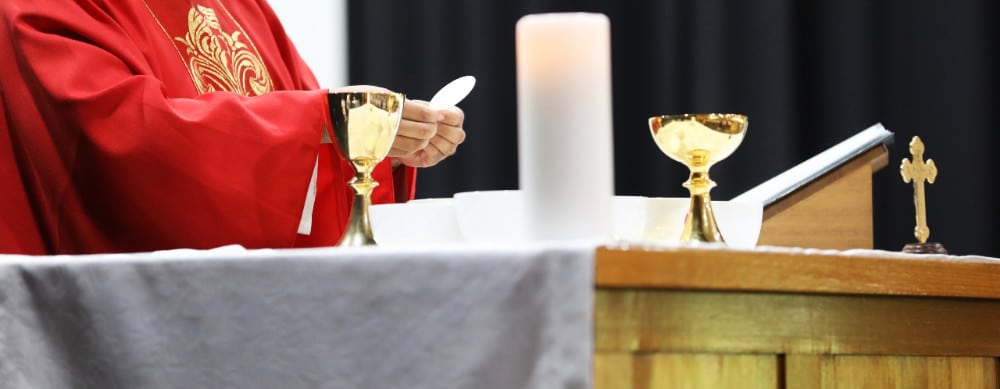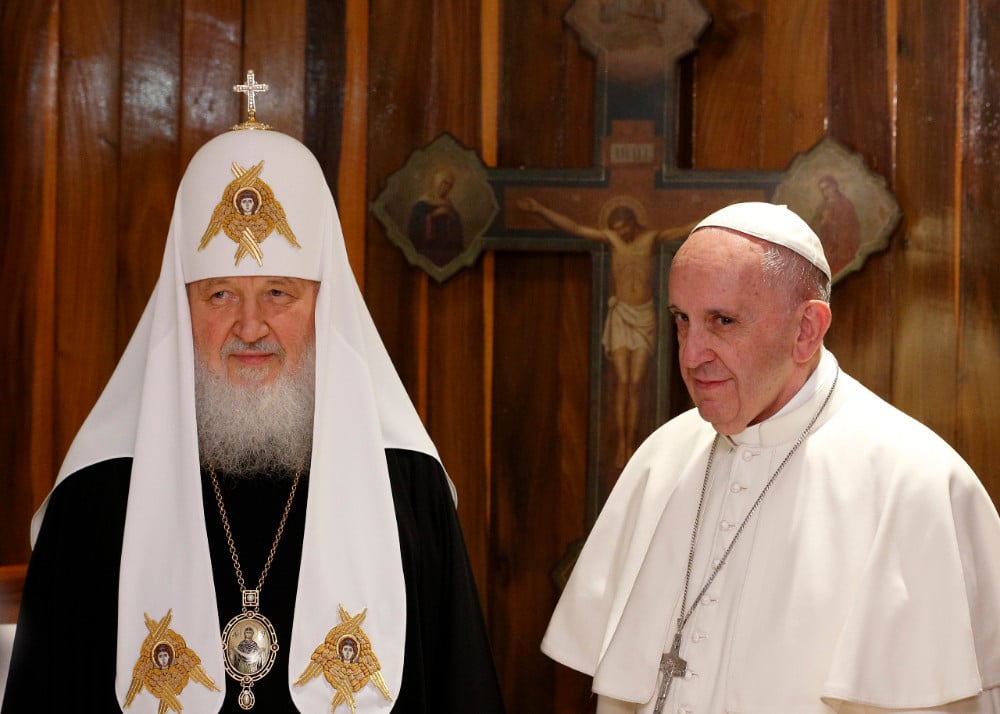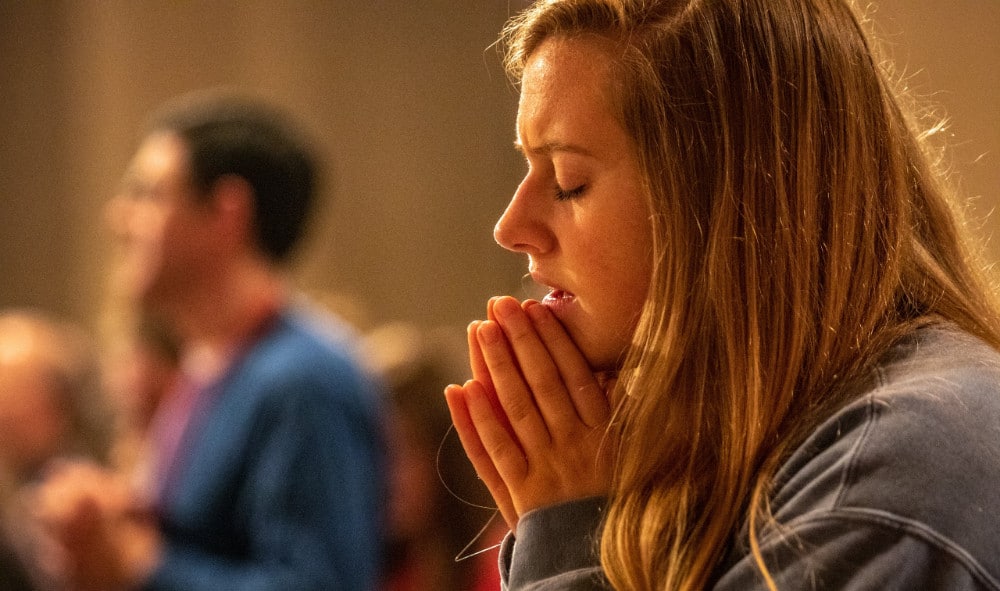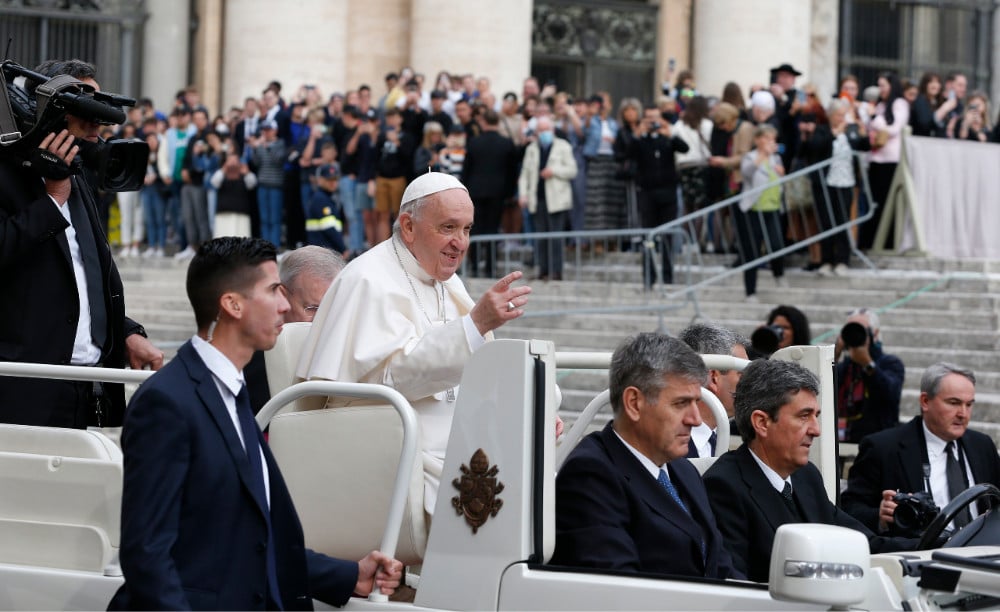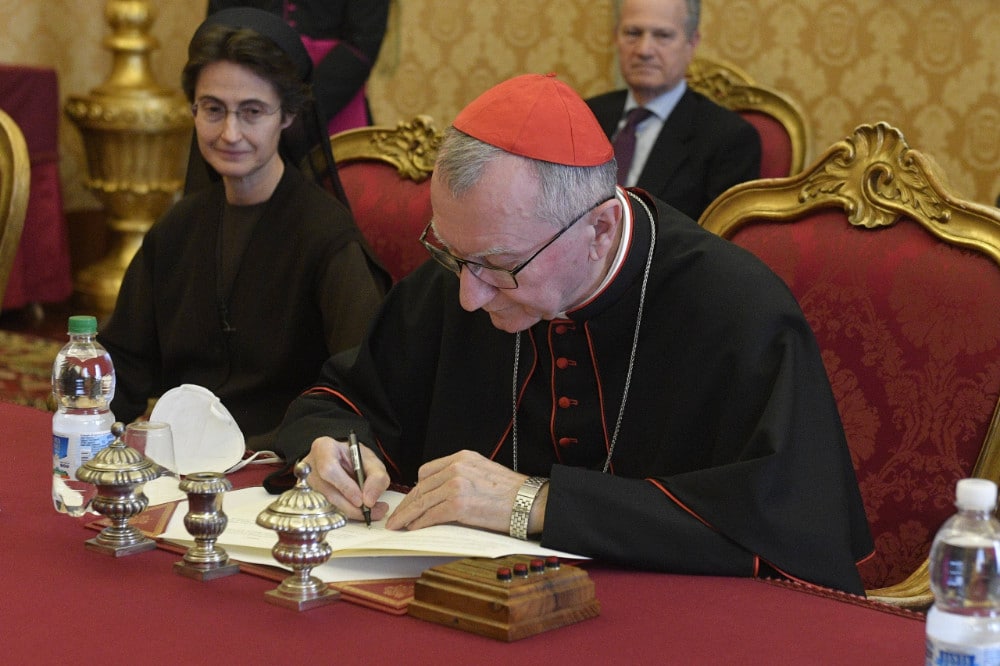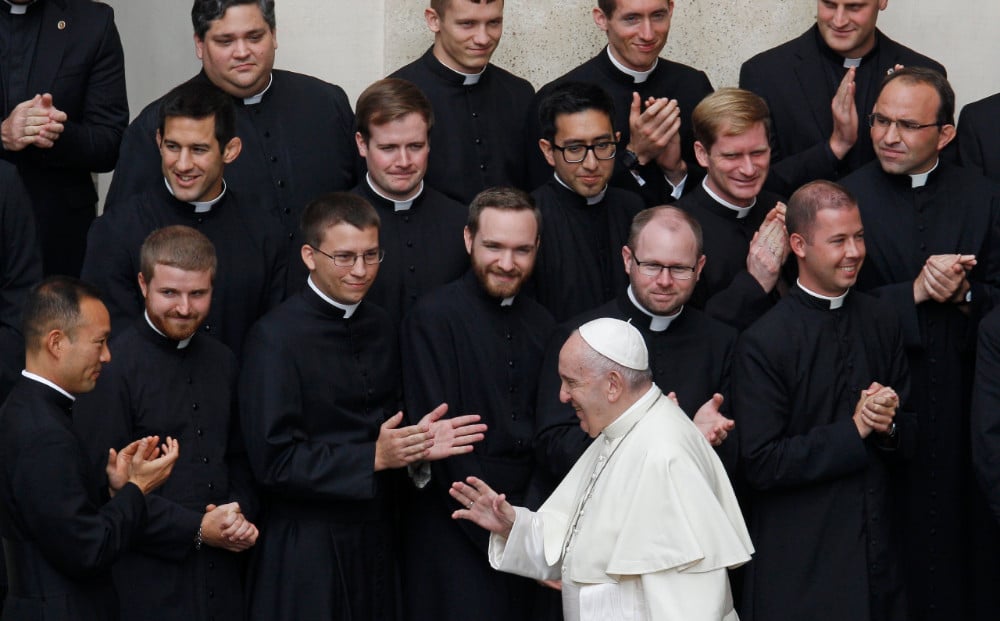The cardinals and bishops of the Roman Curia sat in stunned silence. On Jan. 25, 1959, Pope St. John XXIII had just announced the call for an ecumenical council. The prelates were caught off guard. Pope John had been pope for only three months. Few churchmen imagined that an ecumenical council would be called so swiftly after the First Vatican Council (Dec. 8, 1869-Oct. 20, 1870), less than 100 years past. Moreover, the prelates could not fathom what a new council would accomplish, especially since the previous council confirmed papal authority over the whole Church.
The prelates did not remain silent long. They started drawing lines, even as John XXIII made clear his intentions — namely, that the Church should yield to the Holy Spirit in order to be renewed and to welcome the good things of the world.
One side continued to question the need for a new council. However, if the pope was intent on convening one, then they thought he should set a defensive posture against modern errors. The other side, sharing the optimism of Pope John XXIII, wanted a Church moving outward to the world, proclaiming the Gospel. These churchmen were not blind to the world’s troubles, but they also recognized the good efforts of people and nations working together to restore peace and foster justice. Like the pope, they wanted to renew the Church where necessary, go beyond church walls and continue Christ’s mission to glorify God and redeem mankind.
Read more from our Church Document Series here.
Choosing sides continues today. Some think the Second Vatican Council (Oct. 11, 1962-Dec. 8, 1965) began a rupture with the Church’s past, and some see it as continuing the necessary and ongoing reform of the Church. Not surprisingly, Vatican II’s documents have been viewed from the same opposing interpretations, including the first document to be promulgated: the Constitution on the Sacred Liturgy, or Sacrosanctum Concilium, Dec. 4, 1963.
Context
Sacrosanctum Concilium had a mixed reception, despite its thoughtful contribution to the understanding and practice of the liturgy. Opponents, such as Archbishop Marcel Lefebvre and his followers, argued that the constitution introduced illicit changes to the liturgy. They would split with the Church. Others went to an opposite extreme by experimenting with innovations not mentioned in Sacrosanctum Concilium, like changing the approved text of a rite or allowing a layperson to perform a role prescribed for the ordained.
The majority of the Church, however, received Sacrosanctum Concilium as an official teaching of the magisterium, which meant that one needed to make the effort to read and understand the document in order to put it into practice according to its principles and norms for the celebration of the liturgy — for example, the public worship of the Church (including the Eucharist, the other sacraments and other prayer services).
Content
Given the polarized interpretations of Vatican II’s reforms, everyone would do well to read Sacrosanctum Concilium in its entirety. One will find among the general principles two that ground the instruction of the document and the application of its norms. The first is the centrality of Jesus in the Church’s liturgy. The second is the stress on the active, conscious and full participation of the faithful in the liturgy. All the norms of the liturgy follow upon these two fundamental principles.
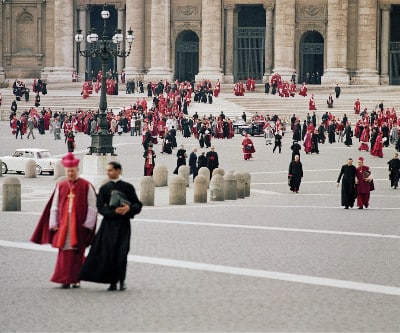
Sacrosanctum Concilium proclaims that Jesus, who is “always present in His church, especially in her liturgical celebrations” (No. 7), leads his body (the Church’s members) in glorifying the Father, which is the chief aim of the liturgy. Jesus is present in the presiding priest at Mass. When someone baptizes, “it is really Christ Himself who baptizes” (No. 7). Given Jesus’ presence, it follows that “every liturgical celebration … is an action of Christ and His Body, a sacred action surpassing all others” (No. 7) that gives glory to God.
From the liturgy — and especially the Eucharist — the people receive grace and are thereby sanctified, another core aim of the liturgy (cf. No. 10). To help the clergy and laity yield to this grace, it’s necessary that they be fully formed to understand and participate in the liturgy. Seminary faculties are to prioritize the liturgical training of priesthood candidates (No. 16). Priests are to form the faithful in the liturgy, never content with “the mere observation of the laws governing valid and licit celebration” (No. 11).
The second general principle — the fully conscious and active participation of the faithful — follows from the first. If the liturgy is an action of the whole Christ, head and members, then the faithful who are present at a liturgy cannot be spectators. Sacrosanctum Concilium states clearly that the participation of the faithful “is demanded by the very nature of the liturgy” (No. 14). Indeed, it is the laity’s “right and duty by reason of their baptism” (No. 14).
Both clergy and laity have their respective roles in the liturgy. Everyone should seek to enter the liturgy ready to participate. This includes taking part in common responses, songs and gestures, listening to the readings and homily, observing silence when called for and preparing for and receiving the body and blood of Jesus at Mass.
Sacrosanctum Concilium assists the Church’s members in participating in the liturgy by establishing clear norms that everyone can understand and follow easily. The norms also ensure that “the Christian people may more certainly derive an abundance of graces from the sacred liturgy” (No. 21).
The document calls for a “noble simplicity” in the revision of the liturgical rites: words and actions should correspond, useless repetitions should be avoided. The rites should offer a richer fare of Scripture readings. The current three-year Sunday cycle of readings at Mass, and the two-year daily cycle, resulted from this norm, greatly expanding the readings for Mass. Another norm resulting from Sacrosanctum Concilium and taken for granted now is the use of the vernacular or mother tongue of the people. Although “the use of Latin is to be preserved” (No. 36.1), the vernacular can be used with permission from the Apostolic See when and where it facilitates the people’s celebration of the rites.
Other norms established by Sacrosanctum Concilium that may not be as familiar to readers include the restoration of the catechumenate for adults, also known as RCIA, and the encouragement of the People of God to pray the Divine Office (also known as the Liturgy of the Hours). Regarding the latter, Sunday evening prayer is recommended to be a regular part of parishes’ liturgical schedules.
Call
The call that Sacrosanctum Concilium extends to the Church may already be obvious, considering some of its general principles and norms. The teaching office of the Church wants the liturgy — especially the Eucharist — to be the source and summit of all the Church’s activity. The source because the Church receives all her power from Christ who is the main actor in the liturgy; he is “the Mediator between God and man” (No. 5). The summit because the liturgy is where the members unite to their head (cf. No. 10). Therefore, the members of the Church must encounter Jesus in the liturgy with conscious minds and open hearts, ready to yield to his grace. Insofar as the people make this effort to cooperate with Christ, Sacrosanctum Concilium proclaims the result:
“The liturgy daily builds up those who are within into a holy temple of the Lord, into a dwelling place for God in the Spirit, to the mature measure of the fullness of Christ, at the same time it marvelously strengthens their power to preach Christ, and thus shows forth the Church to those who are outside as a sign lifted up among the nations under which the scattered children of God may be gathered together, until there is one sheepfold and one shepherd” (No. 2).
David Werning writes from Virginia.

